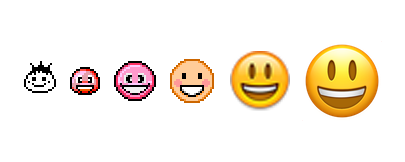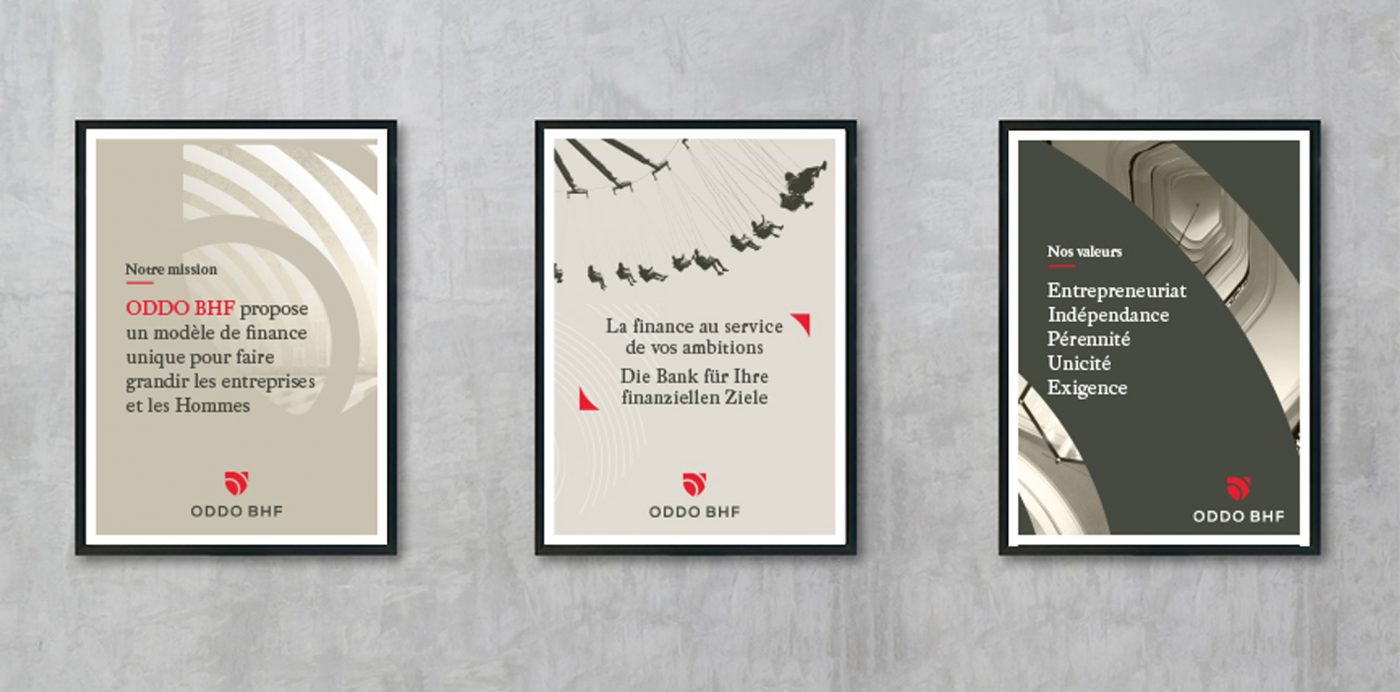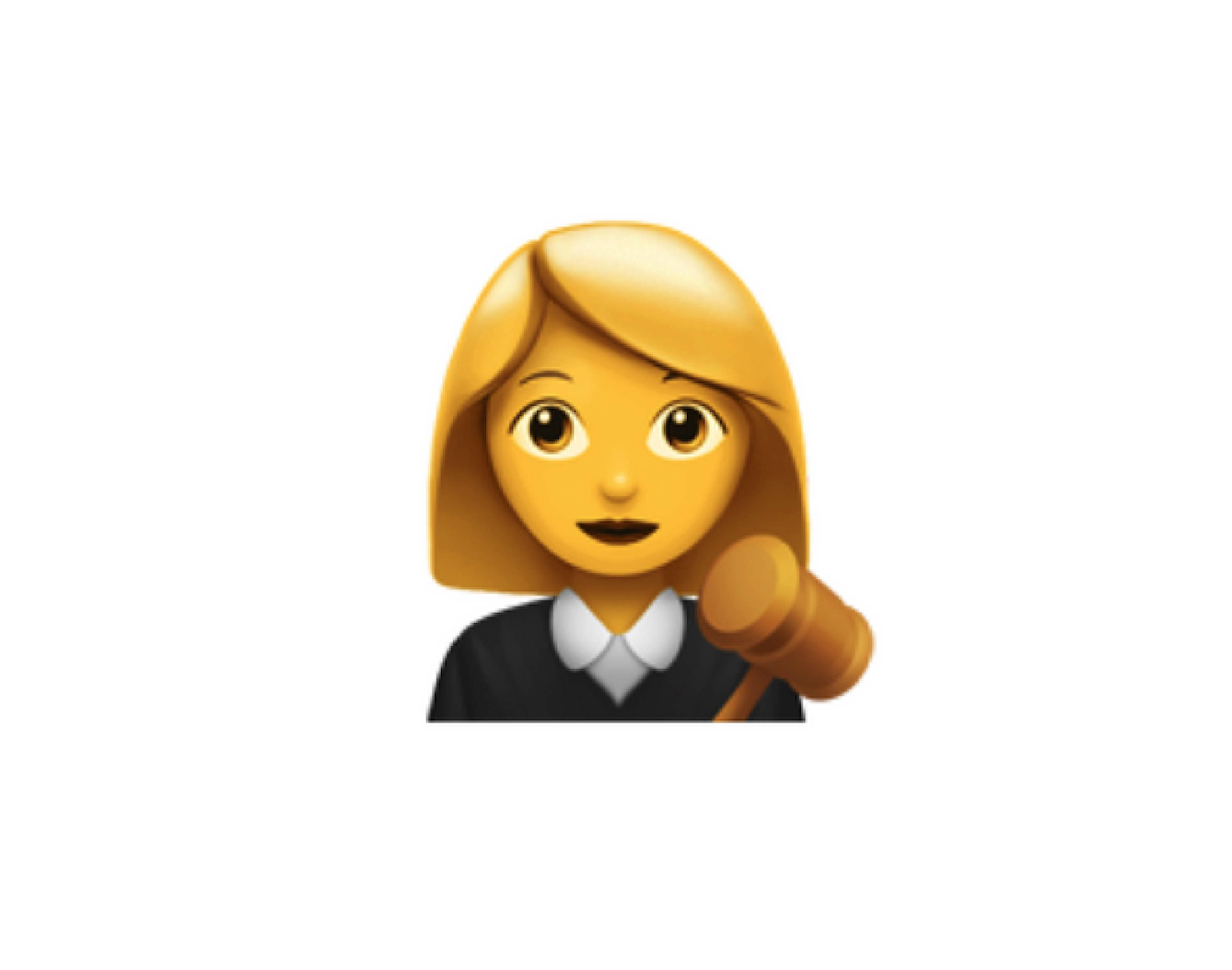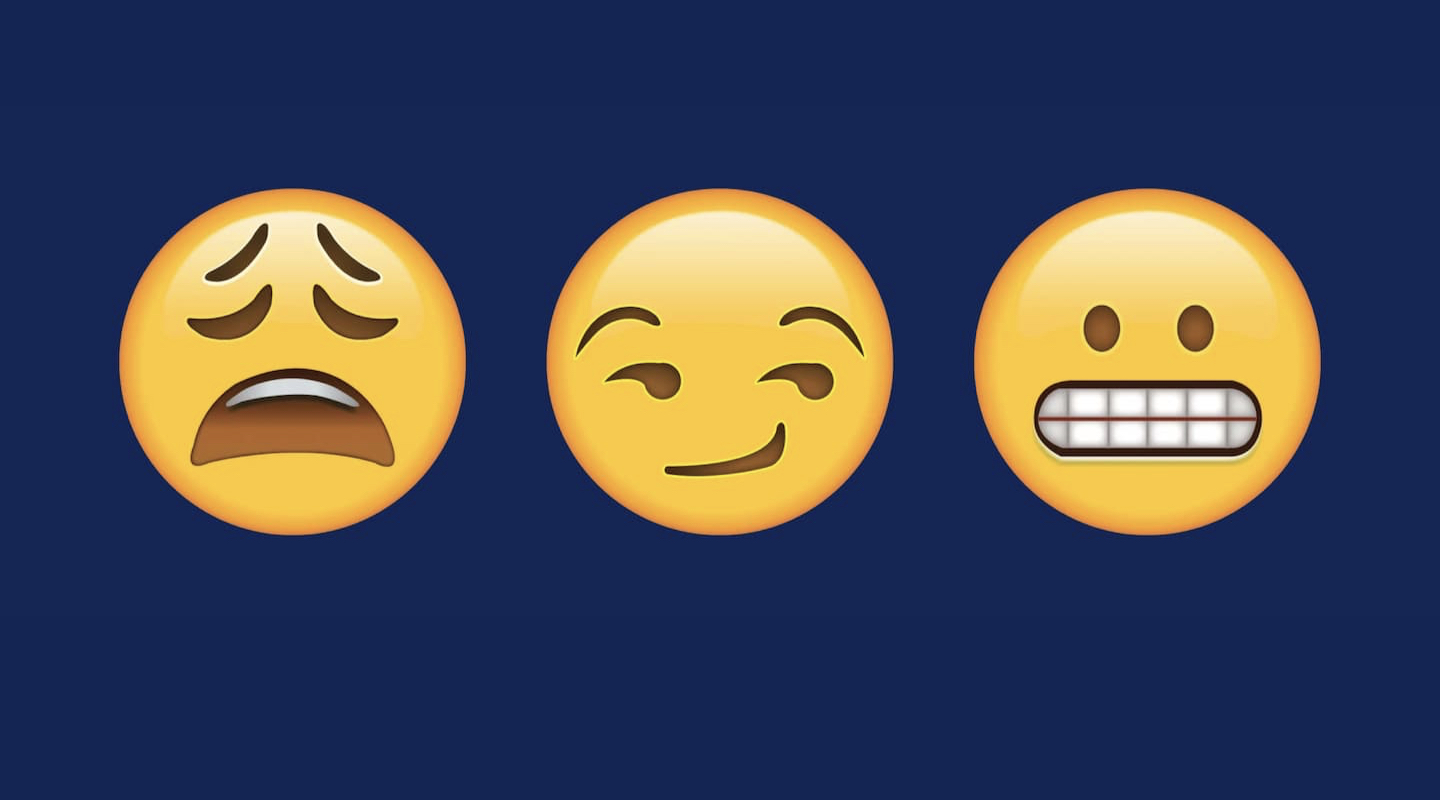France
Paris
Welcome to
“…a picture paints a thousand words, then why can’t I paint you?”
My Dad would often sing these classic lyrics to my Mom when I was a very young girl, prompting me to perfect my eye-rolling skills.

It’s doubtful that a set of emojis would have been of much use to the writer of these romantic words as he tried to capture the beauty of his true love. 😥
The song acts as a stark reminder that even pictures have their limits. A thousand words might be stretching it, but a simple heart can definitely replace eight little letters.
So, what do these playful pictograms tell us about the world we live in? Read on to find out.
Emojis are a byproduct of the new technological opportunities available on phones and keyboards. Because we can, we do. Their creation was almost inevitable.

To give their age a little perspective, emojis are a year younger than the first episode of Judge Judy’s TV show.
When it was announced last year that her courtroom drama was to end, her millions of grief-stricken fans were limited to exchanging crying face emojis – there being no hysterical, ululating varieties (yet). The sad face emoji world had never been so busy since the death of Joan Rivers.
Judy Sheindlen may be queen of quickfire one-liners but modern technology is not her strong point. Her loyal sidekick, Officer Byrd, was often called upon to fill her in on the niceties of the digital age which cropped up in the cases she heard. Emojis. Sch-emojis! “Do I have stupid written on my forehead? Case dismissed!”


In Judyland, things are always clear-cut. The kinds of emoji-type images brand Judy could conjure up would be few but definitely extreme.
Emojis, not to be confused with their cousins, GIFs and Memes, may well give us emotional clues when we communicate, but in fact, they come from the Japanese word meaning picture character.
“Emojis increase the precision and nuance of our often super-brief and open-to-misunderstanding communications,” Alizah K. Lowell, Psychology Today.
Suzanne Moore, Columnist, the Guardian, “Winky smiley face. Excuse me if I don’t respond to the puppy, umbrella and fake flowers you send me … I am not six. Send help. Send words.” 🐶☂️💐
Suzanne Moore has a point, but the truth is that many of us don’t have the time or inclination to write exactly what we mean or feel. We’re so often glued to our phones that multitasking has become the norm and some jobs need to be quick.
Texting a pictogram of a thumbs-up, a bottle of bubbly or smiley face 👍🍾 😊 is irresistible while concentrating on the latest offering from Netflix, for example. It’s instant, fast and says what we mean. Job done.
So sophisticated have we become at using emojis that we can be caring, confrontational, passive-aggressive or sarcastic, all at the touch of a single button or emoji. (And, sometimes we don’t even mean to be any of those things.)

Given their simplicity, lazy artwork appears to be behind the controversy some emojis have caused during their relatively short lives.
“Clotted cream or jam on your scone first, madam?” It depends where you are, of course. Our very British Design Director, Chris Martin 💂 informed me of the war waged between Cornwall and Devon about the right way to make a proper cream tea. It’s as old as the ‘milk in first or last’ conundrum when making a cup of English Breakfast tea. 🫖
In a similar way, some food emojis have almost created international incidents. Users could be forgiven for not being truly grateful for the original cheeseburger emoji Google served up. The company got its emoji chef to recreate it with the cheese on top rather than underneath the patty.
Apple’s first attempt at a bagel emoji was enough to evoke a string of Gordon Ramsey-style expletives. Anemic and plastic-looking, it was replaced with something more realistic, tempting and filled with cream cheese. I’d have added a little smoked salmon myself.

Harmless water pistols have pushed real guns down the emoji pecking order. Even innocent-looking vegetables have found themselves caught up in the controversial world of sexual, emoji innuendo.
Emojis by their very nature are caught in the crossfire of diversity. It’d take a very brave person to try and come up with a range of emojis which fully represented humanity in all its different colors and shades.
The founding father and mother of all emojis is arguably the smiley face. It began with a simple 🙂 in texts and emails long before colorful, designer emojis became de rigeur.
Some researchers claim our brains even process and recognize facial expressions made up of characters in the same way as real ones. Who knows? We might one day start responding to an emoji as we would to a real bottle of red wine or beer. It’d certainly be cheaper. I’ll take two of each, please.
As I was researching for this article, I learned that Fatboy Slim, the international DJ aka Norman Cook, is a smiley face aficionado who’s gathered what’s possibly the biggest collection of smiley fashion items in the world.
The smiley he’s such a fan of was born in Worcester, Massachusetts in 1963 when artist Harvey Ball was asked by the State Mutual Life Assurance Company to make badges that would improve staff morale.
“The first ever 12-inch single I bought was Psycho Killer by the Talking Heads in 1977,” Fatboy Slim explains. “That had a picture of a smiley T-shirt. That was the first semi-ironic use of it – it was everything that punk rock wasn’t.”

The smiley symbol has been rediscovered by generation after generation. Adopted as both a corporate logo and acid house icon, it’s inspired artists like Banksy and even featured in the noir superhero Watchmen movie.
It’s reassuring to know that during such challenging times modern versions of a happy face are still the most used and most popular emojis.
This article was written by Isabelle Narciso, Designer, New York.
I’m thrilled to announce that the next Design Series article will be written and illustrated by CBA Design Director Arturas Janusas on the topic of space!